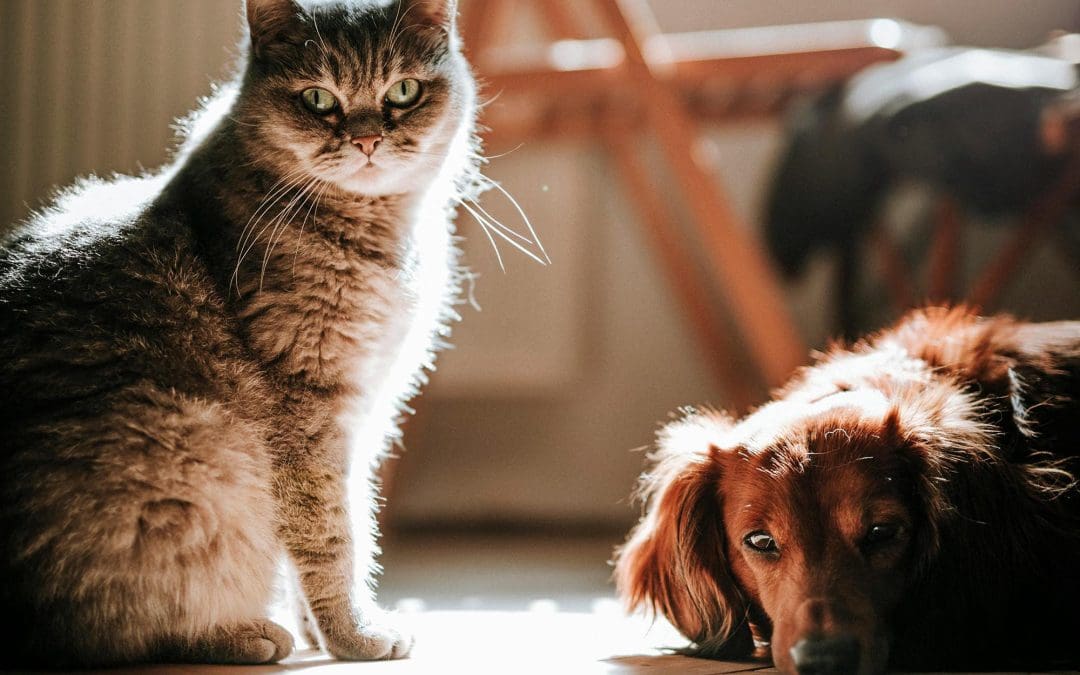November is ‘Pet Diabetes Month’ and is dedicated to spreading awareness of the condition and highlighting ways to manage our pets who have diabetes.
What is diabetes mellitus?
Diabetes mellitus relates to an inability to properly regulate glucose (a sugar) in the body which should be regulated by the hormone Insulin. There are two main types of diabetes. Type I, more common in dogs, occurs when the body is not able to produce enough of the hormone insulin to regulate glucose levels adequately. In Type II, or insulin-resistant diabetes, enough insulin is produced but cells don’t respond to it. Type II diabetes is more common in cats, although they may also have Type I.
Recent studies have shown that approximately 1 in 300 dogs and 1 in 200 cats have diabetes in the UK. It tends to occur in middle to older animals, more frequently in female dogs and male cats.
Preventive care
Obesity is a risk factor for diabetes in cats. At present, no clear association between obesity and diabetes is recognised in dogs, although dogs with diabetes will benefit from being kept at an ideal body weight. Regular exercise reduces the risk of developing diabetes.
Here are some feeding tips to help keep your pet in a healthy condition:
- Keep them lean. Check your pet’s body condition regularly to make sure they are not overweight or obese.
- Feed a balanced diet. Choose a ‘complete’ diet that is designed for your pet’s species. Use the guideline on pack and adjust if necessary to keep your pet at an ideal weight.
- Be careful with treats and snacks. Too many treats and table scraps can risk weight gain. If you’re going to feed treats, stick to a small amount and ensure it’s less than 10% of your pet’s overall food intake.
Signs of diabetes
Clinical signs of diabetes mellitus can include increased urination, excessive thirst, and weight loss. Glucose within the urine can increase the frequency of urinary tract infections and their associated symptoms. If you notice any of these signs in your pet, contact your vet for an assessment- the first step in investigating is to take a urine and blood sample and assess the glucose levels. From these results, the vets will be able to tailor a treatment plan for your pet.
Management
Diabetes is a manageable but life-long disease. It is manageable with good care, with most able to lead happy active lives. Diet and exercise is important in management. High-fibre diets may be recommended to help with the management of body weight and blood sugar. Low carbohydrate diets may also be of benefit in some diabetic cats.
Glucose levels, especially in cats, can be affected by infection, dental disease and other medical complaints- these need to be managed appropriately before good control of diabetes can be achieved.
Treatment
Involves daily injections of insulin (once or twice a day depending on the case). Trade names include ‘Prozinc’, ‘Caninsulin’ and ‘Senvelgo’.
If you feel your cat or dog is showing signs associated with diabetes, please contact the practice on 01423 900449, and we can arrange a consultation with one of our vets.

